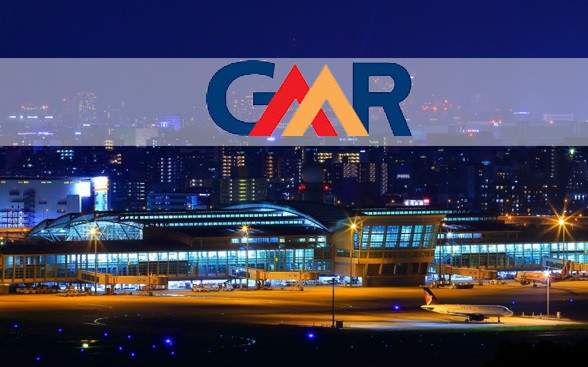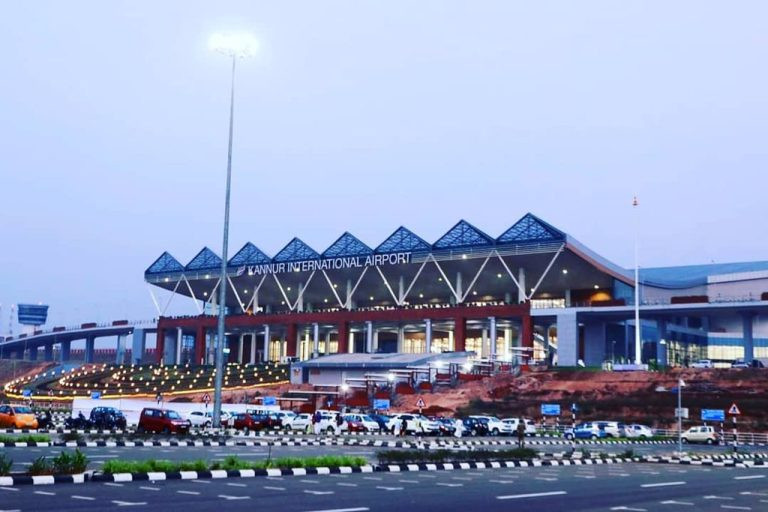GMR Airports Infrastructure: A Closer Look at the Latest Earnings Report and Analyst Expectations
GMR Airports Infrastructure Limited (NSE:GMRINFRA) recently released its quarterly results, and the early response from investors was somewhat muted. While revenue came in slightly below forecasts, statutory losses were significantly smaller than anticipated, leading analysts to adjust their outlook for the company's future performance.
This report is crucial for investors as it provides a snapshot of GMR Airports Infrastructure's current performance, allows for a comparison with analyst expectations, and offers insights into the potential trajectory of the business. Let's delve into the key takeaways from the earnings report and the consensus forecasts for the coming year.
Analyzing the Numbers
The most recent earnings report revealed that GMR Airports Infrastructure's revenue for the quarter reached ₹24 billion, falling short of analyst estimates by a modest 4.2%. However, the company's statutory losses proved to be a positive surprise, with a per-share loss of ₹0.23 coming in 54% smaller than analyst expectations. This positive development has spurred analysts to adjust their forecasts for the next year.
The consensus forecast from three analysts covering GMR Airports Infrastructure anticipates revenues of ₹103.1 billion in 2025, indicating a healthy 13% increase compared to the previous 12 months. Furthermore, the per-share loss is projected to decrease significantly, narrowing by 43% to ₹0.53. These revised estimates represent a notable shift in sentiment, with analysts upgrading their numbers and particularly highlighting the anticipated reduction in losses per share.
Price Target and Analyst Sentiment
The average price target for GMR Airports Infrastructure has risen by 6.6% to ₹86.67, reflecting the analysts' belief that the projected decrease in losses will positively impact the stock's valuation. While the consensus price target is a useful indicator, it's important to consider the range of individual analyst forecasts. The most bullish analyst currently values GMR Airports Infrastructure at ₹106 per share, while the most bearish analyst places the price target at ₹69.00. While there's a spectrum of opinion among analysts, the reasonably narrow range of estimates suggests that the stock's future trajectory is not entirely unpredictable.
Comparing GMR Airports Infrastructure's Growth to the Industry
To gain a broader understanding of the forecasts, it's essential to compare them to both historical performance and industry growth estimates. Analysts anticipate GMR Airports Infrastructure's growth to accelerate, with a projected 17% annualized growth rate to the end of 2025. This outpaces the company's historical growth of 1.4% per annum over the past five years. When compared to other companies in the same industry, which are forecast to grow their revenue by 7.9% annually, it becomes clear that GMR Airports Infrastructure is expected to significantly outperform its peers.
Key Takeaways and Cautions
The most significant conclusion from the latest earnings report is that analysts have not adjusted their forecasts for a loss in the coming year. However, revenue forecasts remain unchanged, with the business still poised to outpace industry growth. The upward revision in the price target suggests that analysts believe the intrinsic value of the business is likely to improve over time.
While this positive outlook is encouraging, it's important to note that long-term earnings trends are far more significant than short-term fluctuations. Investors should consider both the short-term and long-term trajectory of the company's earnings when making investment decisions. Although analysts have not identified any major changes to revenue forecasts, it's worth noting that there are certain warning signs associated with GMR Airports Infrastructure that investors should be aware of.
Looking Ahead: A Bright Future or a Potential Pitfall?
Despite the recent positive developments, investors should approach GMR Airports Infrastructure with a balanced perspective. While the company's growth trajectory appears promising, it's crucial to carefully evaluate the warning signs and conduct thorough due diligence before making any investment decisions. The company's long-term performance will be shaped by a range of factors, including its ability to manage its debt levels, navigate potential regulatory changes, and capitalize on the growing demand for air travel in India. Investors should keep a watchful eye on these key factors as they assess the company's future prospects.

















